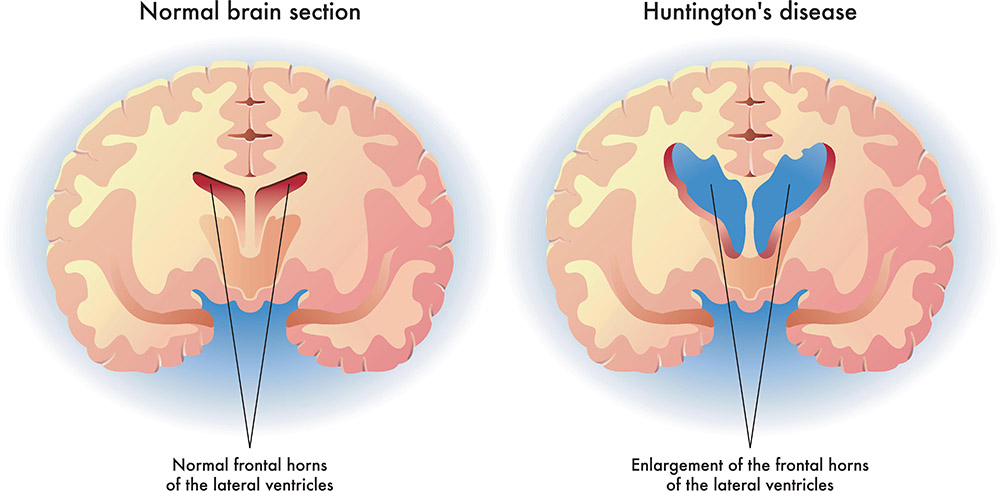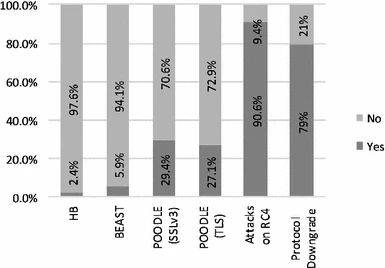Breadcrumb

Automated detection and classification of galaxies based on their brightness patterns
Clues and traces of the universe's origin and its developmental process are deeply buried in galaxy shapes and formations. Automated galaxies classification from their images is complicated due to the faintness of the galaxy images, conflicting bright background stars, and image noise. For this purpose, the current work proposes a novel logically structured modular algorithm that analyses galaxy morphological raw brightness data to automatically detect galaxy visual center, region, and classification. First, a novel selective brightness threshold is employed to eliminate the effect of bright

INVESTIGATION OF DIFFERENTIALLY EXPRESSED GENE RELATED TO HUNTINGTON'S DISEASE USING GENETIC ALGORITHM
neurodegenerative diseases have complex pathological mechanisms. Detecting disease-associated genes with typical differentially expressed gene selection approaches are ineffective. Recent studies have shown that wrappers Evolutionary optimization methods perform well in feature selection for high dimensional data, but they are computationally costly. This paper proposes a simple method based on a genetic algorithm engaged with the Empirical Bays T-statistics test to enhance the disease-associated gene selection process. The proposed method is applied to Affymetrix microarray data from
ANN-Python prediction model for the compressive strength of green concrete
Purpose: Utilization of sustainable materials is a global demand in the construction industry. Hence, this study aims to integrate waste management and artificial intelligence by developing an artificial neural network (ANN) model to predict the compressive strength of green concrete. The proposed model allows the use of recycled coarse aggregate (RCA), recycled fine aggregate (RFA) and fly ash (FA) as partial replacements of concrete constituents. Design/methodology/approach: The model is constructed, trained and validated using python through a set of experimental data collected from the

Stock exchange threat modeling, EGX as a case study
Cyber crime is a growing threat affecting all business sectors. Stock Exchanges, a financial services sector, are not far from it. Trading stocks via Internet exposes the process to cyber threats that might take advantage of a system defect to breach security and cause possible harm. Online Trading websites are protected by various security systems. Digital Certificate, which is based on Secure Socket Layer (SSL) protocol, is an example. This research examines implementation of Digital Certificate in online trading servers. This evaluation helps to identify security weaknesses and take actions

Native Mobile Applications UI Code Conversion
With the widespread use of mobile applications in daily life, it has become crucial for software companies to develop the applications for the most popular platforms like Android and iOS. Using a native development is time consuming and costly. Cross-platform mobile development like Xamarin and React native emerged as a solution to the mentioned problem of native development for the time and cost. Meanwhile it requires the developers to learn a new language. Other tools are converting the mobile apps of specific platform to the corresponding platform, but most of them still lack the mobile

IoT Modes of Operations with Different Security Key Management Techniques: A Survey
The internet of things (IoT) has provided a promising opportunity to build powerful systems and applications. Security is the main concern in IoT applications due to the privacy of exchanged data using limited resources of IoT devices (sensors/actuators). In this paper, we present a classification of IoT modes of operation based on the distribution of IoT devices, connectivity to the internet, and the typical field of application. It has been found that the majority of IoT services can be classified into one of four IoT modes: Gateway, device to device, collaborative, and centralized. The

Gesture recognition for improved user experience in augmented biology lab
The Learning process in education systems is one of the most important issues that affect all societies. Advances in technology have influenced how people communicate and learn. Gaming Techniques (GT) and Augmented Reality (AR) technologies provide new opportunities for a learning process. They transform the student’s role from passive to active in the learning process. It can provide a realistic, authentic, engaging and interesting learning environment. Hand Gesture Recognition (HGR) is a major driver in the field of Augmented Reality (AR). In this paper, we propose an initiative Augmented
Motion and depth augmented semantic segmentation for autonomous navigation
Motion and depth provide critical information in autonomous driving and they are commonly used for generic object detection. In this paper, we leverage them for improving semantic segmentation. Depth cues can be useful for detecting road as it lies below the horizon line. There is also a strong structural similarity for different instances of different objects including buildings and trees. Motion cues are useful as the scene is highly dynamic with moving objects including vehicles and pedestrians. This work utilizes geometric information modelled by depth maps and motion cues represented by
Remote Diagnosis, Maintenance and Prognosis for Advanced Driver Assistance Systems Using Machine Learning Algorithms
New challenges and complexities are continuously increasing in advanced driver assistance systems (ADAS) development (e.g. active safety, driver assistant and autonomous vehicle systems). Therefore, the health management of ADAS’ components needs special improvements. Since software contribution in ADAS’ development is increasing significantly, remote diagnosis and maintenance for ADAS become more important. Furthermore, it is highly recommended to predict the remaining useful life (RUL) for the prognosis of ADAS’ safety critical components; e.g. (Ultrasonic, Cameras, Radar, LIDAR). This paper
Tracking ground targets from a UAV using new P-N constraints
This paper presents improved automatic moving target detection and tracking framework that is suitable for UAV imagery. The framework is comprised of motion compensation phase to detect moving targets from a moving camera, target state estimation with Kalman filter, and overlap-rate-based data association. Finally, P-N learning is used to maintain target appearance by utilizing novel structural constraints to select positive and negative samples, where data association decisions are used as positive (P) constraints. After learning target appearance, a cascaded classifier is employed to detect
Pagination
- Previous page ‹‹
- Page 37
- Next page ››
